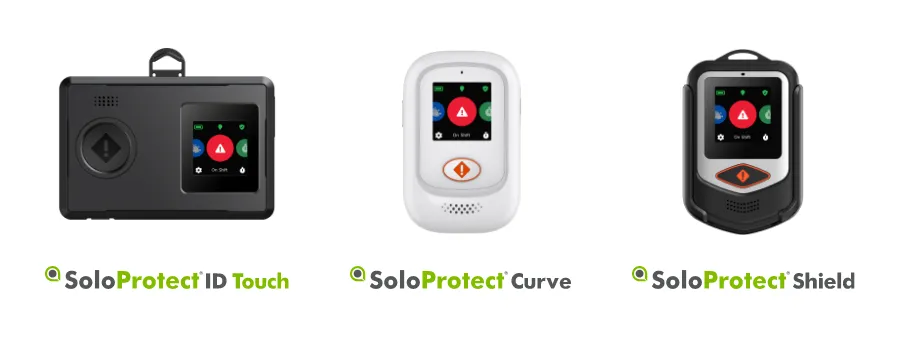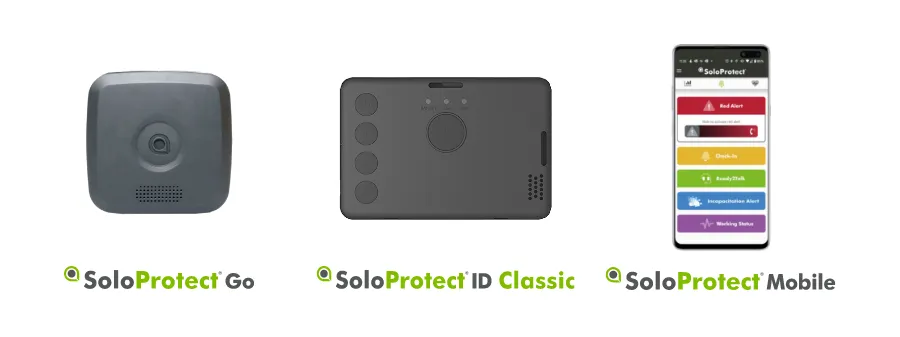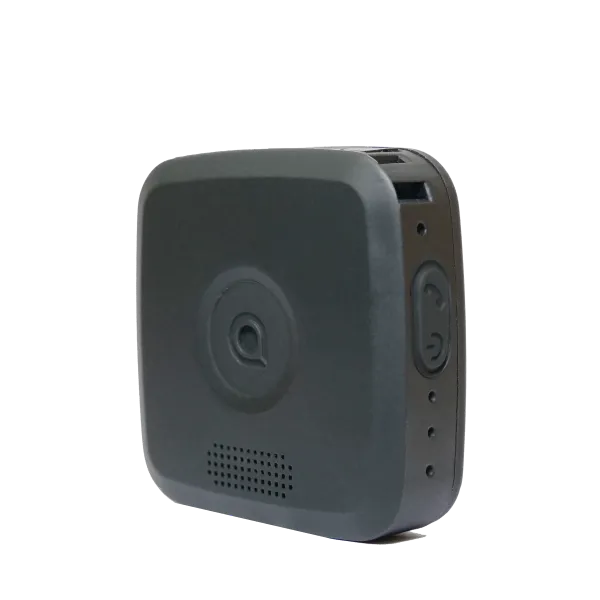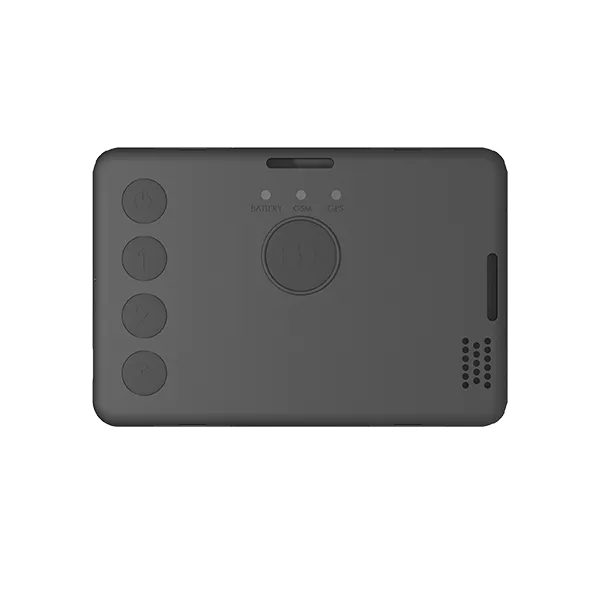.webp)
Lone Worker Systems
Many UK employers use lone worker systems and technology to keep their staff safe. But is your lone worker system making a difference?
Lone Worker Systems come in a range of shapes and sizes – whether it’s through the use of dedicated safety devices or a phone-based, lone worker app – workers across all industries are routinely equipped with a lone worker alarm mechanism, to raise an alert in the event of an emergency.
Is your lone worker system effective at reducing risk?
Your lone worker system should always be effective at:
- Seamlessly integrating into your teams’ dynamic risk assessment
- Empowering your workforce to be comfortable to use the solution
- Delivering peace of mind to those who are lone working
- Reducing the risk(s) faced by a solution user – whether social or environmental
- Facilitating monitoring support and an effective, appropriate response.
How can you ensure 'buy in' from users of your lone worker system?
How a lone worker system is implemented will affect adoption, ongoing usage, and ultimately the return on your investment. Factors that can positively affect a successful adoption include:
- Being open and transparent about why your employer is considering implementing a lone worker system
- The involvement of staff and the incorporation of their feedback, into any system’s assessment process
- Explain the benefits of the system features to the user base, and what that means in terms of visibility of teams.
Can your lone worker system deliver a quick response?
BS8484 approved lone worker systems allow the monitoring centre to request a Police response where the nature of a genuine Red Alert or Man Down Alarm indicates it is necessary.
The accreditation allows direct contact with the relevant Police force locally, bypassing the central 999 system and speeding up the process. This can be critical in a lone worker scenario involving violence or aggression, where every second counts.
At SoloProtect, our Alarm Receiving Centre Monitoring is 24/7. Our average ‘Time to Listen’ – the time taken for an alarm to be passed to an operator and begin monitoring – is just 4 seconds. In addition, the average ‘Time to Verify’ – the time an operator takes to assess the nature of the incident and begin a process of appropriate escalation - is just 41 seconds. Our Operators are listening to and assessing extremely quickly.
Does your lone worker system add operational value?
How a system is perceived at the specification stage is naturally a key factor in how it is used. Some systems are chosen purely for their safety attributes.
However, some systems will also allow a deploying organisation to leverage greater value from their safety investment. Specifically, where a deployment involves a lone worker system that enables supporting software, such as SoloProtect Insights, to drive key metrics across a management team to assist the flow of information around operations and a better understanding of return on investment.
Our range of SoloProtect lone worker devices is shown below:


Like to know more?
If you’d like to find out more about our market-leading lone worker systems, please feel free to contact us or request a demo.










